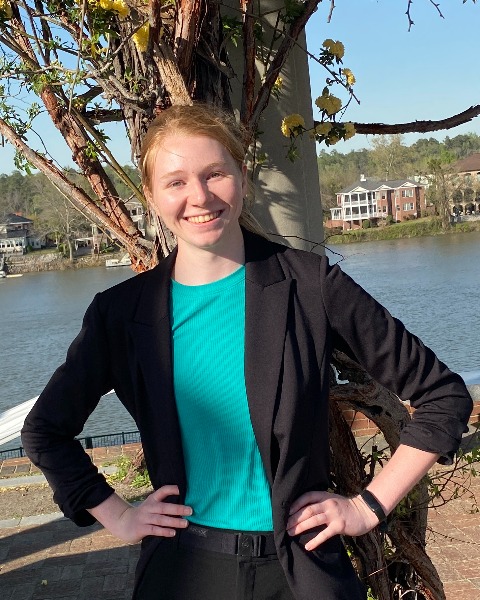Student 10-Minute Presentation
Plant-Insect Ecosystems
Student
Student Competition
Applying technology to wing patterns and morphometrics to improve Plusiinae (Lepidoptera: Noctuidae) species identification

Karina M. Torres (she/her/hers)
Undergraduate Research Assistant
University of Florida
Pensacola, Florida- SP
Silvana V. Paula-Moraes
PhD Entomology AG- WFREC-JAY
University of Florida
Jay, Florida - AS
Allan H. Smith-Pardo
Biological Scientist
USDA-APHIS
Sacramento, California - KM
Kayla Mollet
USDA-APHIS
Fort Collins, Colorado - RX
Rui Xu
University of Florida
Gainesville, Florida - CL
Charlie Li
University of Florida
Gainesville, Florida
Presenting Author(s)
Co-Author(s)
The species identification of Plusiinae is complex since the moths are morphologically similar with few variable wing patterns. Additionally, Plusiinae sex pheromone lures in trapping are non-specific, leading to high levels of cross-attracted, nontarget species. These aspects impose challenges for detecting invasive species in survey programs and monitoring infestations of native economic pests. In this study, we applied two approaches to create tools that can support species identification of Chrysodeixis chalcites and differentiate this invasive species from native Plusiinae. One approach validated geometric morphometrics of C. chalcites and Chrysodeixis includens wing venation. The other method used deep learning models to distinguish the natives C. includens and Trichoplusia ni based on wing pattern morphology. Specimens used in this study came from the USDA-APHIS survey program for C. chalcites, delta and bucket traps with C. includens lures, and reared insects. All the specimens had identification validated by DNA barcoding analysis. In the morphometrics study, the right forewings were cleaned of scales and imaged for landmark annotation and analysis in tpsDig2 and MorphoJ, respectively. For the deep learning model, a dataset of four thousand images was assembled. Each forewing of C. includens and T. ni was imaged separately. Multiple models were trained on this dataset and the performance of the models were compared. The results will be discussed, considering the contribution to support the survey program for the invasive C. chalcites and identification of cross-attracted native species, including C. includens and T. ni.

.png)

